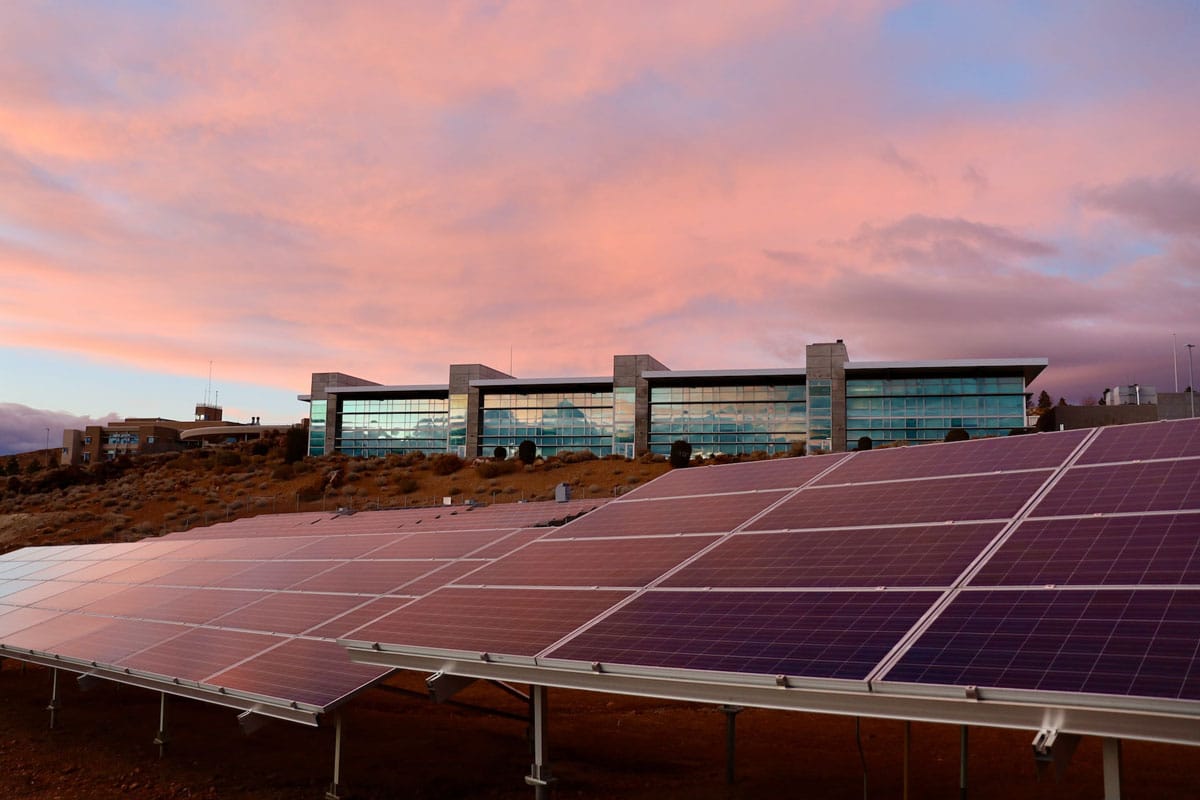

With the increase in carbon emissions from conventional energy sources, net-zero construction methods such as solar and renewable energy have become imperative to commercial building and residential home functions. Several US states have initiated mandates requiring large corporations and federal buildings to implement energy management practices to offset emissions.
So, what are the benefits of net-zero construction, what should you consider before adopting sustainable practices, and how can you deploy solar systems to reduce carbon emissions?
One of the main concerns surrounding net-zero construction and solar adoption is managing the accompanying expenses. Solar panels and other net-zero construction methods require a higher initial investment than building a home or business with traditional energy sources. Yet, when evaluating the levelized cost of energy (LCOE) associated with a traditional electricity generator powering a home or business, net-zero construction reduces utilities significantly, ultimately yielding a greater ROI.
Additionally, net-zero construction has a lower risk profile which reduces the insurance and operating costs of solar and renewable energy. When considering each cost factor, net-zero construction is a profitable investment with long-term benefits.
Rising state mandates on energy efficiency and sustainability bring about tax incentives to adopt solar and renewable energy practices into your home or business. The Solar ITC (solar income tax credit) decreases the cost of installation by 30% for residential rooftop solar systems. Comparably, adopting renewable energy sources for your business allows you to obtain energy credits when one megawatt-hour (MWh) is produced and delivered to the electricity grid, generating recurring ROI.
Solar storage can also be implemented to reduce data centers’ cost of electricity and energy consumption levels. According to Dan Javan, President and CEO of Suntuity, electricity usage and energy demand generation comprise 100% of a business’ data center expenses. Solar storage is ITC eligible and, when utilized, minimizes demand costs by 80% while additionally reducing your electricity bill by 30-35%. When leveraged correctly, these tax credits and incentives create a profit center for your business.
When assessing net-zero construction options for your company or residence, it’s crucial to make a decision based on energy consumption and carbon emission levels. Dan Javan states, “whatever construction methodology you use, the goal is…to reduce your energy footprint to a point where you’re actually producing more than you’re consuming.” To achieve this goal, one option is to assemble buildings using concrete or lumber that incorporates green technology and renewable energy sources. This allows you to supply additional power to the grid, aligning energy consumption with production and eliminating carbon emissions.
By incorporating solar and renewable energy practices into your net-zero construction efforts, manufacturing becomes more sustainable.